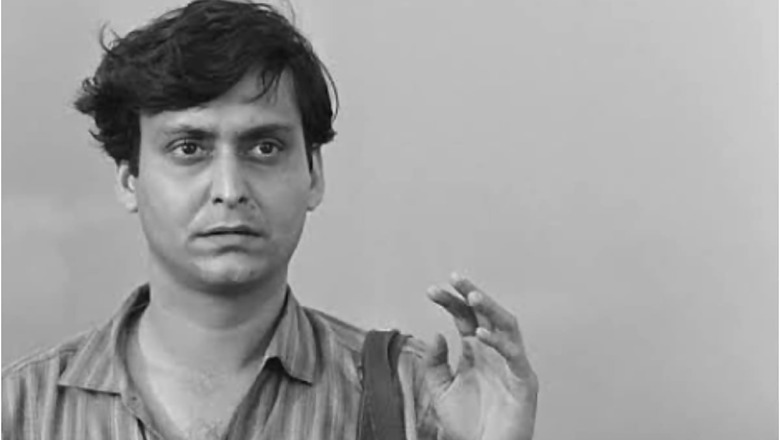
views
‘Fight! Koni…Fight!’ — this dialogue from Soumitra Chatterjee’s 1984 national award-winning film Kony (Koni) had been an oft-repeated mantra for the veteran actor, especially in his difficult days, when he would say these words to encourage himself. In the last 40 days, as he bravely fought COVID-19 along with cancer, his fans had prayed and hoped that it is a fight he would win. However, unfortunately, he passed away from complications on November 15, 2020. Needless to say, he leaves behind an unfillable void in the hearts of Bengali film lovers.
Soumitra Chatterjee — a theatre doyen, an actor, a painter, and a poet — had lived a life filled to the brim with creative pursuits. In his six-decade spanning career, he had been a part of over two hundred films, written, directed, and acted in many plays, authored several books, and painted as a professional artist. He was a cultural icon for Bengalis and an unforgettable star in the Bengali film industry. More importantly, he was the most prominent face of Indian films aboard, thanks to his performances in Satyajit Ray and Mrinal Sen’s films. The national audience, however, doesn’t know him very well because he mostly stayed away from Bollywood, despite several offers, including Hrishikesh Mukherjee’s Anand, in which he was offered the role of Dr. Bhaskar Banerjee, which catapulted Amitabh Bachchan to stardom.
Kindred spirits
Chatterjee’s path in life crossed with some gifted creative individuals, and they served as big influences in his style of acting and his choice of cinema. One such person was the theatre thespian Sisir Bhaduri, with whom Chatterjee met the day Bhaduri’s theatre company folded. Despite Bhaduri’s flailing career at the time, he taught Chatterjee how to act, explained why emotional intelligence is needed to interpreting a role, how to own the stage during a performance, and added fuel to his already burning ambition of becoming an actor, which was sparked after watching films like Bicycle Thieves, and Miracle in Milan at a film festival.
However, one man whose name is inseparable from Chatterjee’s career is Satyajit Ray. Chatterjee first met Ray when he was looking to cast someone in Aparajito. Chatterjee was already a college student by then and too old to play an adolescent Apu onscreen for Aparajito. Still, Ray liked him so much that for his next film in the trilogy, Apur Sansar (1959), he didn’t think twice before casting Chatterjee. Thus, the actor’s film journey began, and the lifelong camaraderie between him and Ray result in films, much like the famed collaborations of Akira Kurosawa-Toshiro Mifune and Federico Fellini-Marcello Mastroianni.
Since Chatterjee had never faced a camera before Apur Sansar, before Ray started filming, he mentored and encouraged Chatterjee and helped him understand the nuances of the medium. Chatterjee, too was a good student. He quickly imbibed the essence of Ray’s film, their slow and realistic texture, as well as their natural charms. Apur Sansar dealt with social issues like unemployment, but at the heart of it was the joy of finding unexpected love in the simple confines of domesticity and the pangs of bereavement. Chatterjee brought an emotional range into his performance that even season actors would have found difficult to portray.
Chatterjee later said in an interview that during this time, he understood how to act in front of a camera, how to bring to life the calm realism as if a slice of life had been stolen, and softly breathed onscreen.
Although Chatterjee and Ray shared a mentee and mentor relationship, they were both kindred spirits, responsive to one another’s understanding of cinema, and often eager to collaborate. In fact, Ray, who was known to be perfectionistic and often very determined about his decisions, changed the ending of his famous film Charulata, after hearing Chatterjee’s criticism.
One of the greatest collaborations in Bangla film history was when Chatterjee and Ray came together to make two films on Feluda, Sonar Kella (1974), and Joi Baba Felunath (1979). Feluda, a detective character written and serialized in literary magazines by Ray, was first adapted onscreen by Ray with Chatterjee playing the protagonist role. It is said that when Soumitra initially read Feluda’s stories, he had told Ray that he thought Feluda resembled Ray in a lot of ways, to which Ray had replied with amusement that everyone tells him that Feluda reminds them of Chatterjee.
To Soumitra Chatterjee’s credit, he made Feluda his own. Although the Bengali sleuth is often compared to Sherlock Holmes, Chatterjee’s onscreen portrayal managed to make him very different, in manners and essence. Far removed from Holmes’ eccentricities, extreme unsociable habits, and erratic nature, Chatterjee’s Feluda was calm, rational, well-mannered and unflinching in his search for truth.
A Class Act
A firm believer of Konstantin Stanislavski’s approach, Chatterjee had a habit of doing extensive research for every role he played.
When he was cast as Apu in Apur Sansar, he began keeping a diary on behalf of Apu, his onscreen character (a practice that was wholeheartedly encouraged by Ray). In that journal, Chatterjee would jot down all the things Apu did when he wasn’t onscreen as if behind the scene, Apu continued his life — went to teach kids, or to a cinema, took a tram someplace, or ate something. In his diary, Chatterjee traced the life of Apu, beyond the camera and used that material to inform his performance in front of the camera.
He often went to extreme lengths to get his characters right. For months Soumitra practiced using a wheelchair for his wheelchair-bound character in the film wheelchair directed by the iconic Tapan Sinha.
He learned to play piano for the famous Tagore song, Ami Chini Go Chini Tomare, from the film Charulata and changed his handwriting to stay true to a pre-Tagore era.
A Creative Soul
Chatterjee’s father was a lawyer, while his mother was a housewife, and he grew up amidst shelves full of books and conversations about literature. An ardent admirer of poetry, Chatterjee’s dad instilled in him a love for written words from an early age. His mother, too, had great penmanship and often wrote travelogues. Chatterjee began writing poems when he was in class 10, a passion he kept alive despite his busy acting schedule. Apart from that, two very close relatives and few friends were influential in nurturing his love for art, and teaching him how to paint, another passion which he pursues whenever he had free time. In fact, he loved doodle art and little illustrations too, and sometimes even drew family trees of his characters.
Despite many iconic roles, he has had little luck with awards. However, Chatterjee had been the recipient of the Padma Bhushan and Dadasaheb Phalke Award, India’s highest award in cinema. The actor has also received the Commandeur de l’ Ordre des Arts et des Lettres, France’s highest award for artists.
The actor came to the limelight and became one of the top stars of Bengali cinema, at a time when another superstar, Uttam Kumar, was at the height of his popularity. The main reason for it was perhaps because he was a thinking man’s hero. The films he chose were markedly different from Kumar’s romantic dramas. However, that doesn’t mean his good looks and charms did not draw in a generation of young girls towards him. Many famous actresses, including Aparna Sen had confessed to having a crush on the actor. He also came out of his parallel cinema track ever so often and won the hearts of everyone with his twist dancing skills in Jibone Ki Pabona song and comic timing in Basanta Bilap. After Ray’s death, an aging Chatterjee powered through the autumn of his life, with more work, and more importantly, some incredible performances onscreen as well as on stage.
Read all the Latest News, Breaking News and Coronavirus News here












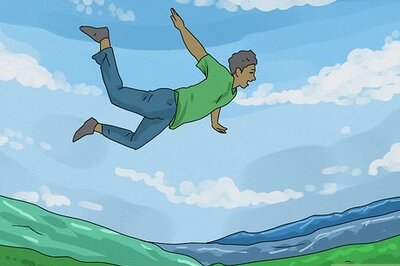
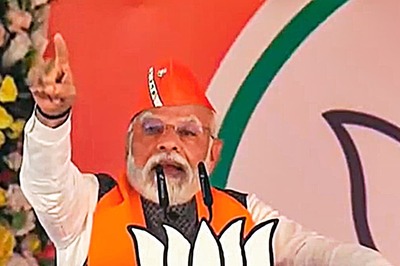
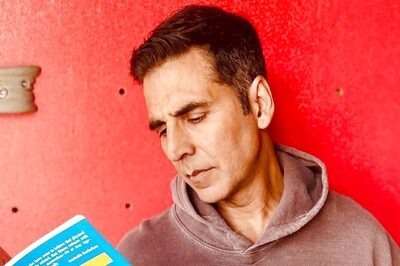

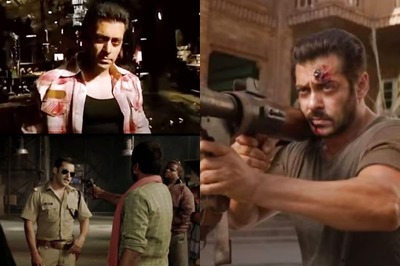
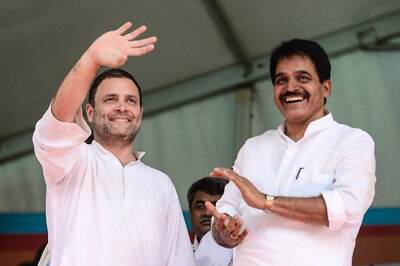
Comments
0 comment